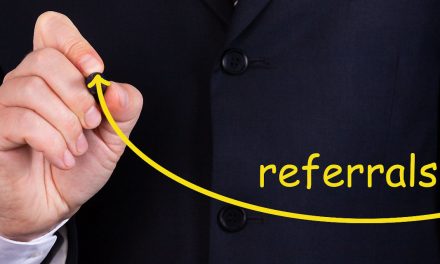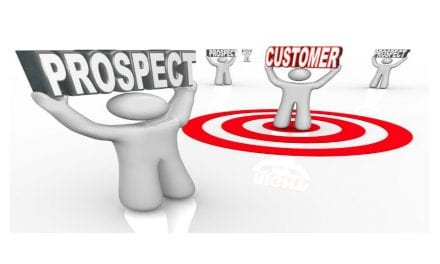Maybe it’s not your sales counselor’s fault. Maybe it’s your CRM’s fault.
By Susan Saldibar
By nature, salespeople are positive. Having been in the sales seat as well as the sales management seat, I know the personality well. You will hear something like, “They are really open to a tour, we are just trying to come up with a good day and time,” or “They liked what they saw, they are still talking it over with their family.” Sounds good, right? The reality, however, may be entirely different. And days, weeks, and even months may go on before you know it.
Maybe it’s not your sales counselor’s fault. Maybe it’s your CRM’s fault.
The bottom line is that it has always been challenging to get an accurate read as to where any given prospect is in the sales process because the facts are trapped inside inflexible “cold, warm, hot” conventions, driven by the limitations of most older CRMs. That leaves you with the highly subjective input from the sales counselor. But that was then, according to Kristin Hambleton, VP of Business Development for Continuum CRM (a Senior Housing Forum partner). And this is now. And wow, things have really changed.
What CRMs, like Continuum, are now able to do is to collect a larger, more granular set of data than ever before. So, all that gray area doesn’t have to be gray anymore. “It’s about dissecting each step of the prospective resident’s journey,” Kristin tells me. “We can measure each stop now. And we can create a highly configurable ‘workflow’ that aligns with a community’s culture, right down to the vernacular they use to describe each step of the sales process,” she adds.
If that move-in isn’t going to happen, you’ll know it sooner, not later.
So, what is a highly configurable workflow?
What configurable workflows do, from a metrics standpoint, is to allow a whole new set of measurements. So, when you talk about the “effectiveness” of a team or an individual person, you can now clearly and objectively define what that means. And, since there are clear steps, you can see how long each prospect takes in each step of the sales process, among other things. You will know things like:
-
How long did a prospect stay stuck in the first “discovery” step?
-
Why has this prospective resident not yet visited the community?
-
How long is it taking between the initial inquiry and tour?
-
How long is it taking between tour and deposit?
-
What is the average number of tours sales counselor A needs to close a sale? What about sales counselor B?
-
Who is good at the initial tour, but drops off on follow up?
Because every step has a metric assigned to it, it takes those heretofore highly subjective ratings and turns them into an objective set of numbers that tell a clearer story of what you want to know. So, if that move-in isn’t going to happen, you’ll know it sooner, not later. And you’ll be able to predict who else’s move-in isn’t going to happen. And, now, you’re in a better position to do something about it. “Leveraging workflow data, you can tailor your coaching and pinpoint where someone is effective and where they need to improve. You can support their strengths and help improve their weaknesses,” says Kristin.
Speak to a prospect exactly when they’re ready to listen. Does your CRM help you do that?
As you might guess, these workflows really benefit marketing. Because you can tailor your marketing messages to perfectly mesh with the step they are in. That’s creating a highly targeted marketing environment that supports the sales effort.
By the way, I should mention that Continuum uses their own CRM. “And we use it, not just to coach someone who is struggling,” says Kristin. “It’s about enabling a sales counselor to go to management and say something like, ‘I’ve got these 10 people stuck in this step, let’s talk about what we can do.” So you’re empowering sales to take a more proactive approach with senior management and brainstorm. It becomes more collaborative.
If your CRM is five years or older, guess what? It’s a dinosaur.
What’s great about all this is that Continuum CRM works with clients to develop their own unique workflows. They sit down and collaborate, talk about your current process, sales tactics, required activities, specific terminology/methodologies, and so on. It’s all incorporated into the workflow. Even things like onboarding run smoother because they understand the language.
Using these capabilities as a measuring stick, a CRM that’s five years old is probably a virtual dinosaur compared to the kind of systems Kristin and I talked about. CRMs are now able to emulate a much more granular and sophisticated sales workflow process. You can’t really have one without the other and expect results.
What do you think? How old is your CRM? Maybe it’s time to up your game?
You can learn more about Continuum CRM by visiting their website.
Download a PDF copy of this article by clicking on the button below:










